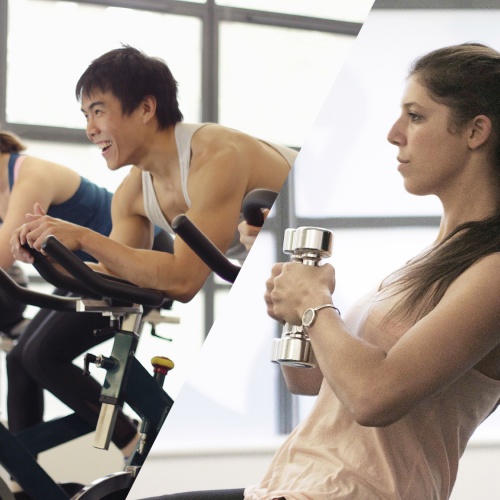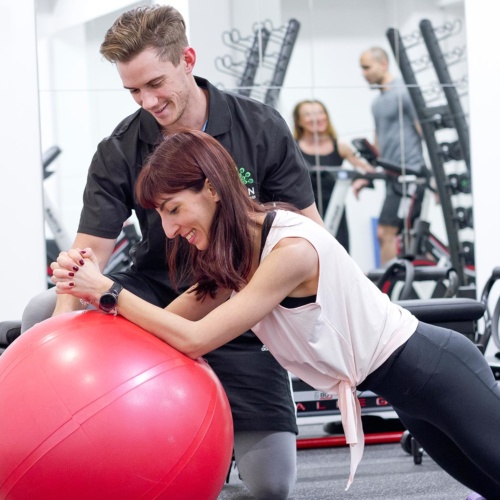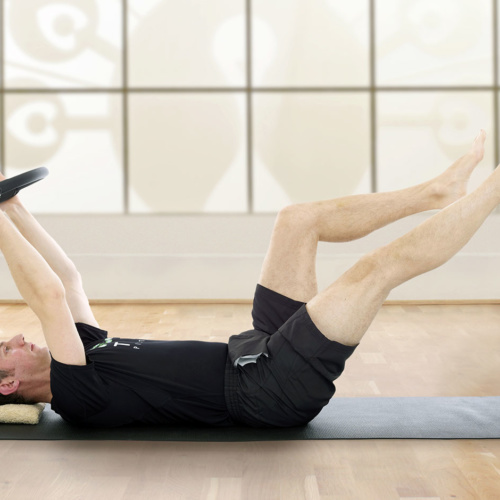Most women will only be introduced to the pelvic floor when they become pregnant, but pelvic floor issues are not exclusive to pre and post natal women.
These muscles are important throughout a woman’s lifespan, whether she bears children or not, as pelvic floor issues can affect us at different life stages including:
- very active teenagers who may have an overactive pelvic floor
- sedentary office workers – a weak pelvic floor can contribute to lower back pain, as it helps to support the lumbo-pelvic region
- women going through the menopause who have weakness due to hormonal changes.
Pelvic floor weakness and /or dysfunction can lead to a number of issues, including lower back pain – as mentioned above – incontinence (stress or urge), DRAM, prolapse, vaginismus and dyspareunia (pain during intercourse).
Having a ‘strong’ pelvic floor is not just about being able to contract the muscles, but to be able to contract them correctly without co-contraction of accessory muscles (such as the glutes and upper abdominals), to contract them at the right time, to maintain the contraction for the required time and just as importantly, to be able to relax them after the contraction.
All abilities that Pilates is excellent at helping develop.
Pilates is a fantastic form of low impact exercise which focuses on strengthening the whole body, but with particular emphasis on the core. (It’s also fun, engaging, and absorbing, which never hurts when you’re trying to motivate clients to maintain consistency of practice!)
Its conscious focus on breath and breath control is key, as our pelvic floor naturally contracts and relaxes in response to the diaphragm.
The emphasis on muscle control, and the ability to feel and engage a specific set of muscles (the mind-muscle connection), give us the ability to isolate and control the pelvic floor better.
The exercises enable you to safely add load under supervision to a correct pelvic floor contraction. So not only does it reduce the risk of injury during workouts (especially during HiiT and weights sessions) or when lifting or moving heavy objects in daily life, but it also reduces and even prevents urine leakage (yes, that thing) during exercise.
Pilates reinforces and strengthens muscles during normal movement patterns which will encourage good pelvic floor coordination with the body as a whole. A strong pelvic floor does not just mean that it can take load – but that also that it’s one we can control, to engage or relax at will.
And lastly, by strengthening these muscles, your peripheral muscles then have a powerhouse to work from. (Pilates instructors don’t call the core ‘your powerhouse’ for nothing.) This is why you’ll see your gains in Pilates transfer into improvements and efficiency through to your chosen sport/hobbies and throughout activities of daily living.
Dynamic Reformer Pilates is doubly beneficial as it also includes resistance and weight training, helping maintain bone density – particularly important as women enter the menopause and hormonal changes mean that bone density can lower otherwise.
Ultimately, it’s never too late to start your Pilates journey, but getting a head start will help you to minimize the risk of experiencing any pelvic floor issues, which for women can occur at any stage of our lives.







